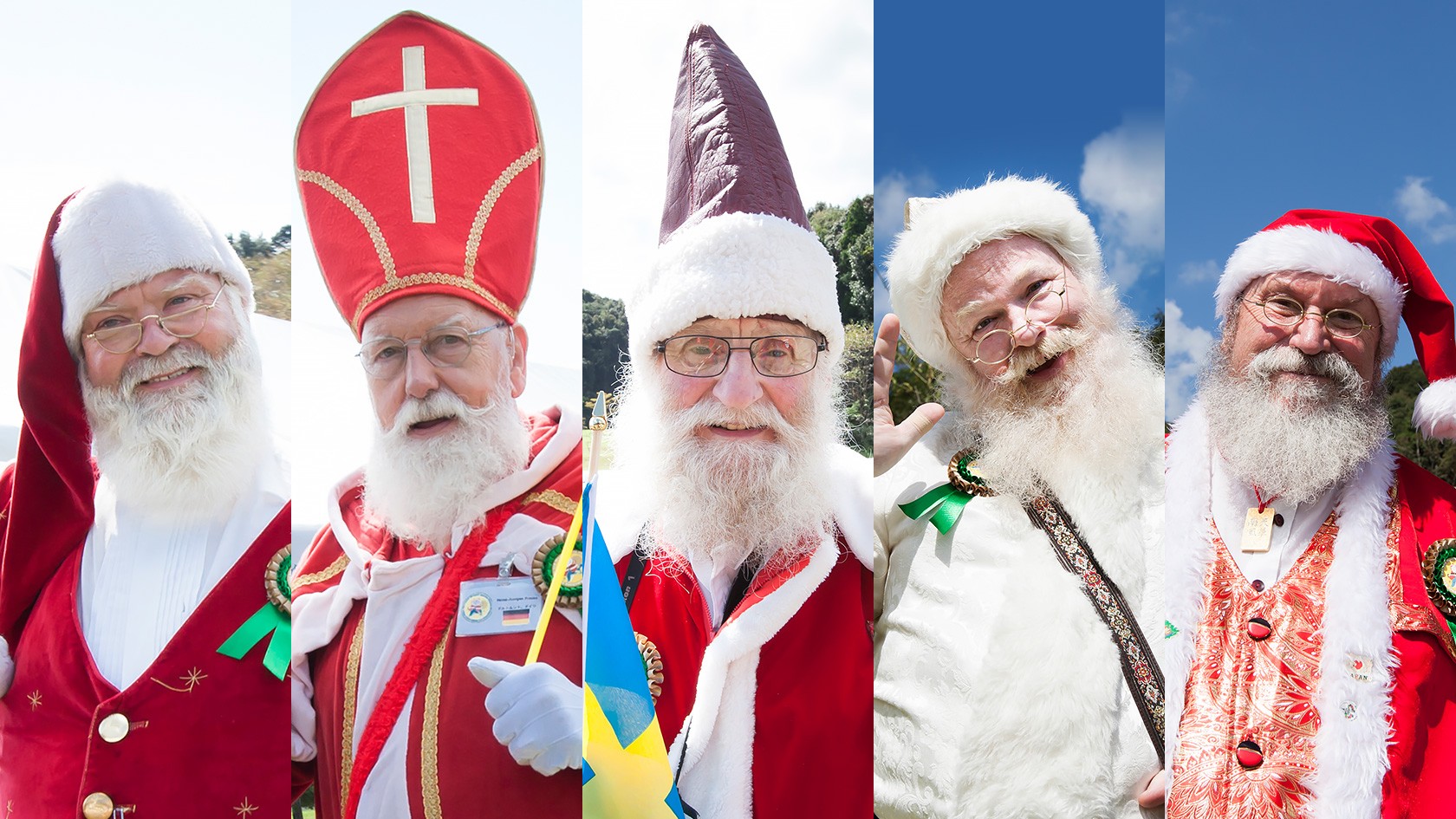By Valia Nikolaidou,
The most iconic part of Christmas is one that is practically synonymous with the holiday; Santa Claus! Youngsters across the globe are giddy with excitement over his existence and do their best to avoid being on his “naughty” list. The traditional image of a plump, white-bearded man dressed in red and coming down the chimney to bring presents and eat a couple of cookies by the fireplace, is the most prevalent picture of Santa Claus, at least in Greek culture. However, there are many variations of the jolly Saint spread all across the world. Let’s take a look at some of the most popular!
United Kingdom – Father Christmas
Originating in 1864 in a story written by an American author as a side character next to Santa Claus, he eventually was merged into one figure called Father Christmas. During the Victorian era, his presence as the ultimate Christmas icon for English society was solidified and he was connected with the spirit of the holidays, children’s joy, religion, and the importance of charity and giving back to the community. His appearance is practically the same as the American Santa Claus we’ve all come to love.
France – Père Noël
This Santa is dressed a tad bit differently; instead of a two–piece he wears a long and bright red furry coat while bringing the children their gifts; not on Christmas morning but after they attend the Mass at their local church. Also, instead of hanging stockings on the fireplace for candy and treats, Père Noël leaves them inside their shoes or slippers. Finally, the ill–behaved kids are in fear of Le Père Fouettard (English: The bogeyman) who is the Saint’s companion and his purpose is to discipline the naughty ones.
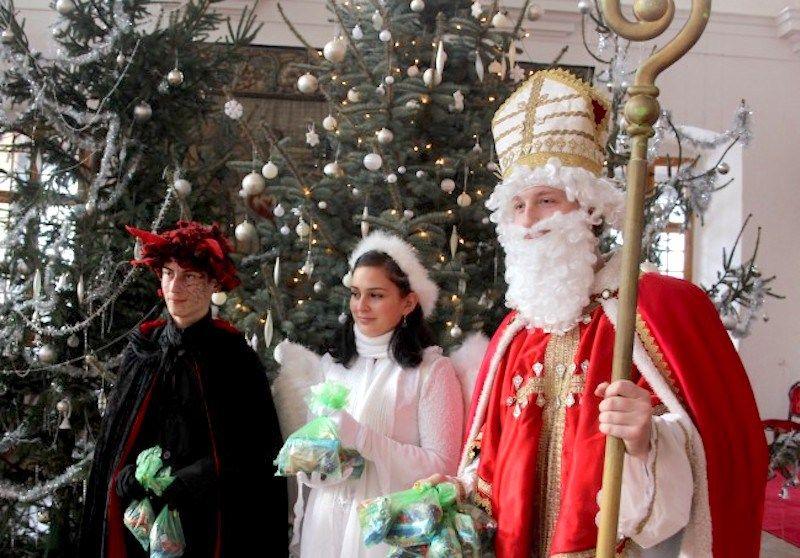
Santa Claus in the Czech Republic exists in two forms: Svatý Mikuláš (St. Nicholas) and Ježíšek (Baby Jesus). The first one, dressed in white robes and accompanied by a devil, brings Czech children their gifts on December 5th, one day right before his name day. On the other hand, Ježíšek brings even more presents on Christmas Eve and it is believed that he resides in the mountains of the small town of Boží Dar, located near Karlovy Vary in the northwestern part of the country.
Hawaii – Kanakaloka

This Santa is heavily affected by the warm climate he is residing in; Christmas day finds Hawaiian people spending their time on the beach, swimming, surfing, dancing the hula, and wearing the traditional Santa hats. As for Kanakaloka himself, he is dressed in flowery and vibrant clothes and his sleigh is a canoe ridden by dolphins.
Russia – Ded Moroz
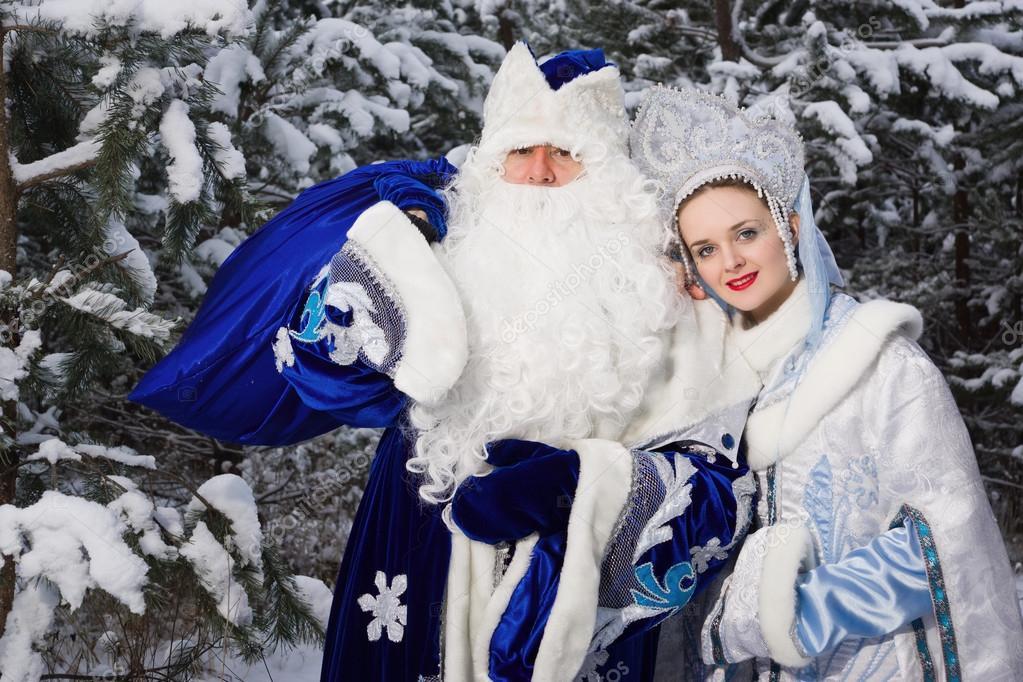
Another Slavic representation of the beloved Saint, Ded Moroz, originating from the small town of Veliky Ustyug, is equipped with a large (mostly) blue coat and big furry boots that can withstand the cold. His sleigh (Russian: troika) is carried by three horses that deliver gifts on New Year’s Eve.
Norway – Nisse
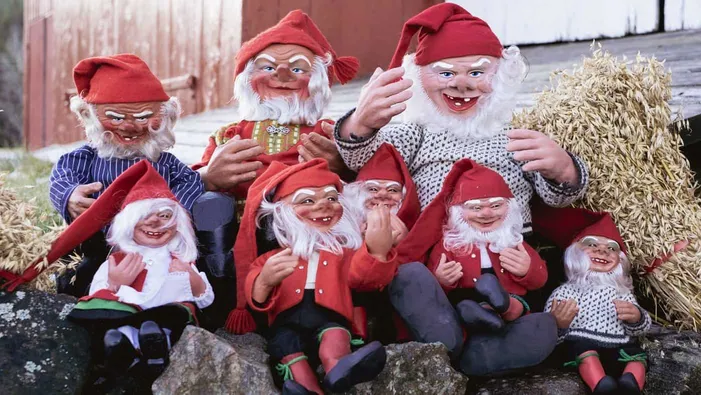
A Scandinavian Santa takes the form of a grumpy, little man with a grey or white beard. Dressed in red clothes and wooden shoes, he has a mischievous nature that warns little kids not to act naughty. A typical Norwegian tradition is to leave a bowl of rice porridge for the Nisse to eat on Christmas Eve.
The Netherlands – Sinterklaas
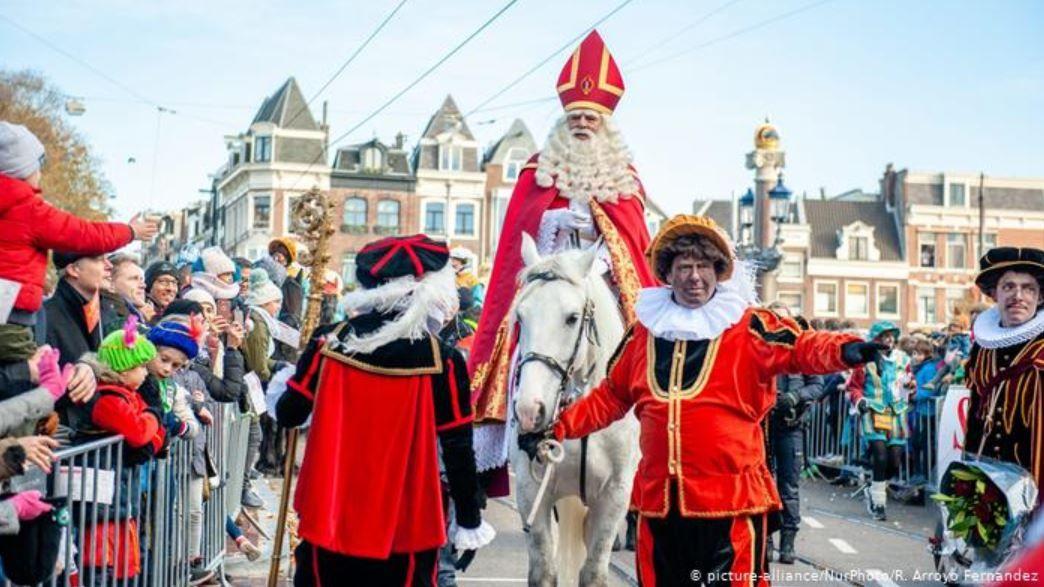
The Dutch Santa is dressed in red and comes on his white horse on December 5th from Madrid, Spain where he lives. On this day, children attend parties where they play treasure hunt games with riddles and clues that lead to little gifts left by Sinterklaas. In the evening, kids leave hay and/or carrots in their shoes behind the fireplace for their horses. Ultimately, Sinterklaas leaves Holland by steamboat from Rotterdam’s port back to Spain.
Japan – Hotei
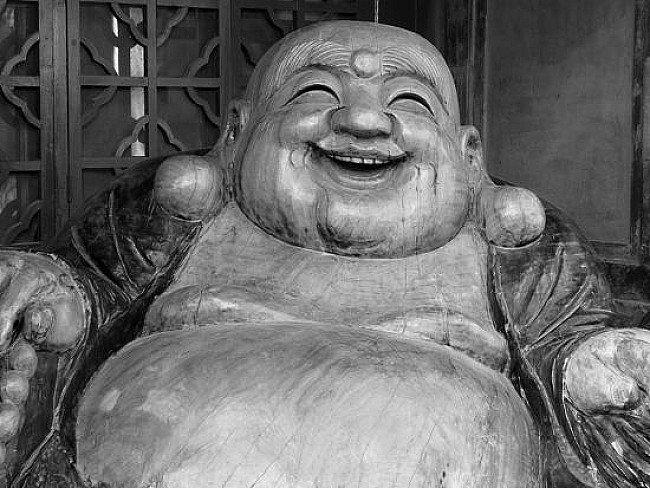
Somewhat similar to our Santa, Hotei is a smiling Buddha wearing a sack while always being joyous and playful around children, His origins are said to have been inspired by a real-life monk who was around in the 9th century AD. In the Japanese writing Kanji, his name means “cloth sack”. To receive their gifts, children must write him a letter and then, gather with a group of people on New Year’s Eve to request altogether one thing from Hotei.
No matter his descent, one thing is for sure; Santa spreads the magic of Christmas while delivering the most important gifts such as preaching kindness, happiness, and cheer all around!
References
- History of Santa Claus Around the World. greenglobaltravel.com. Available here
- Santa Claus Around the World. mercurynews.com. Available here

